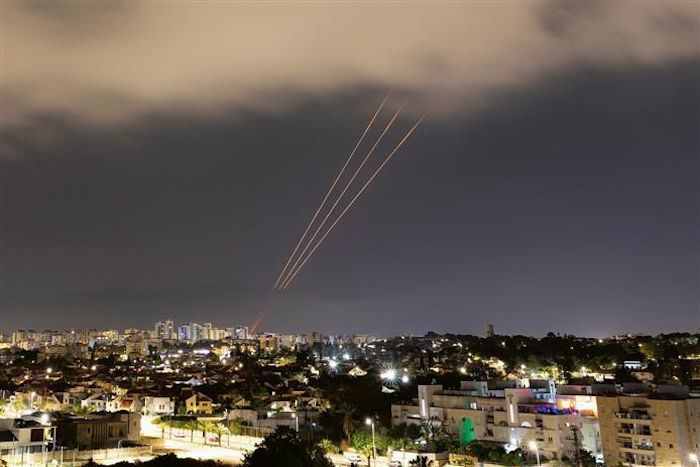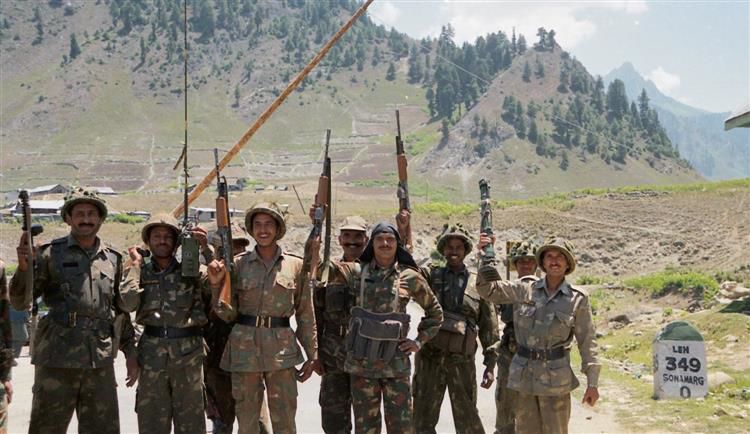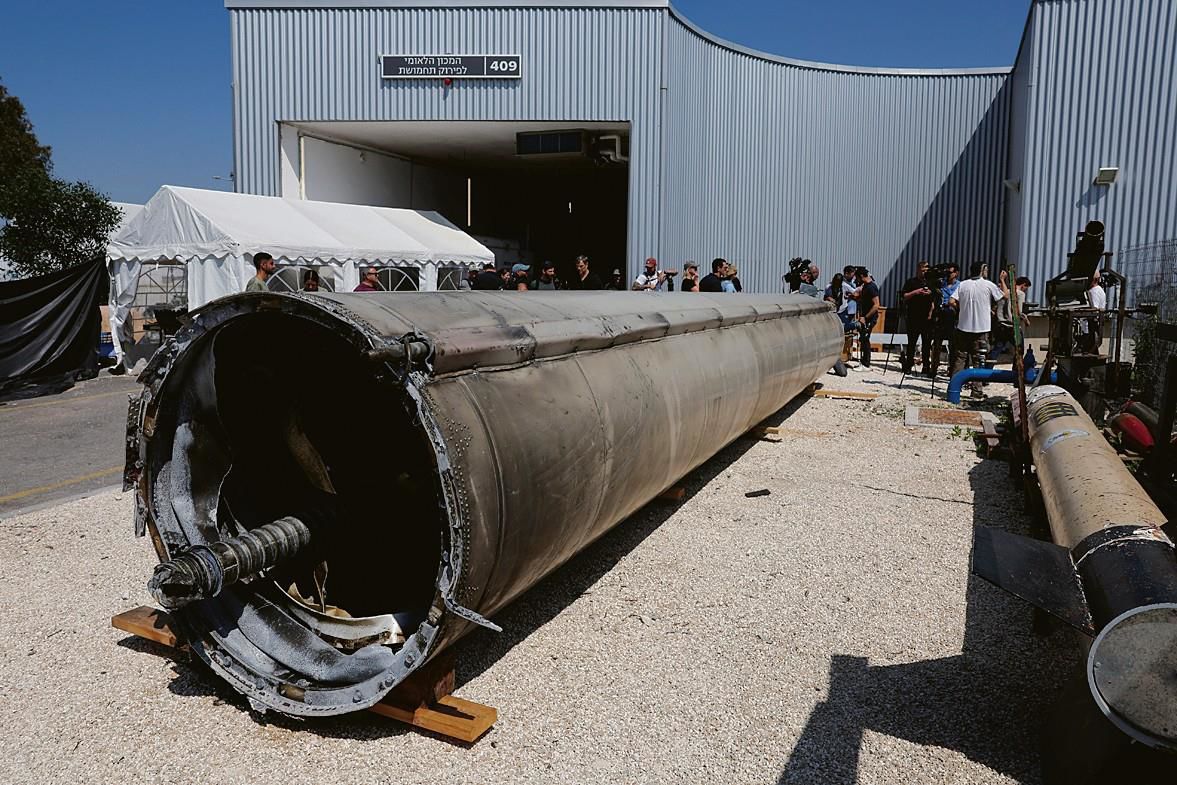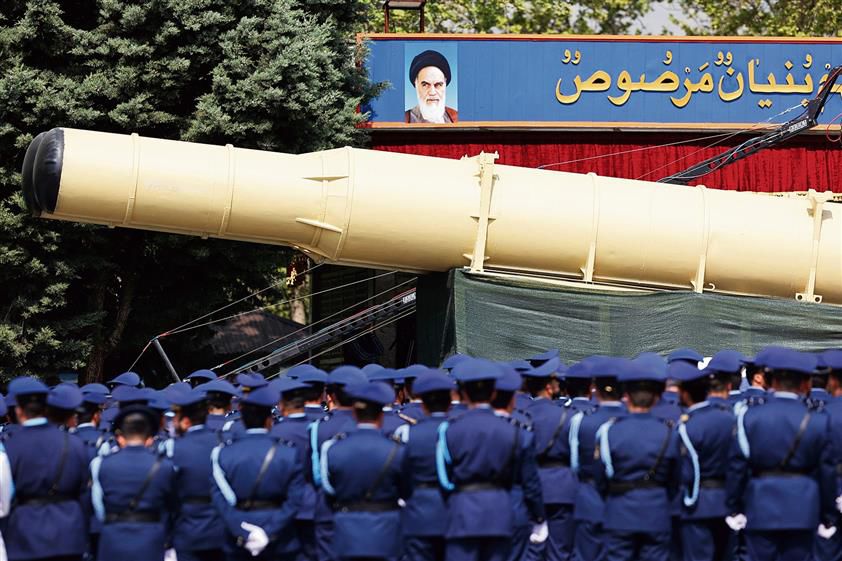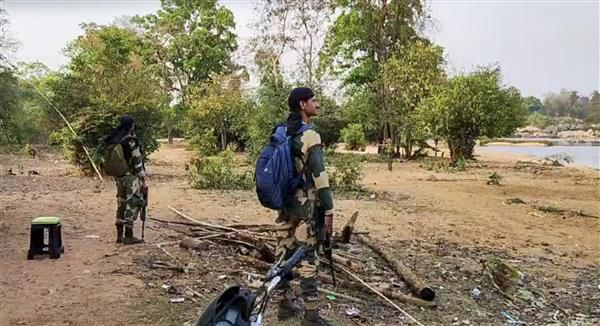The whole gamut of border management merits a holistic review. It ought to be the key component of the National Security Strategy, which still remains a work in progress.
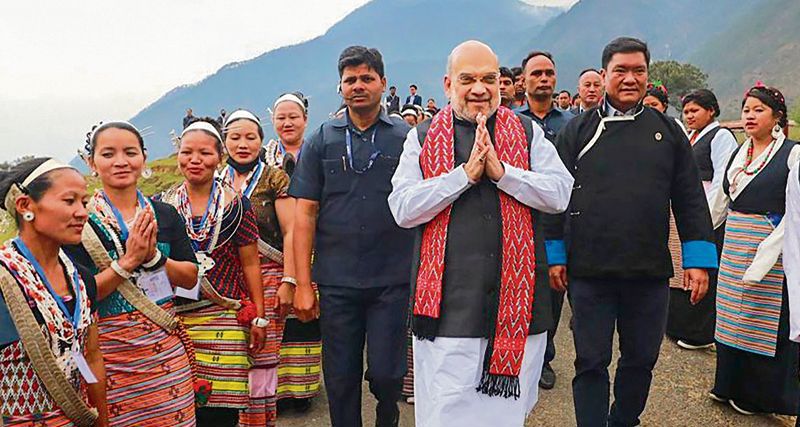

THERE have been frequent reports about China building modern border villages and getting them inhabited. On March 28, the 65th anniversary of the Tibet takeover by China, Beijing organised several celebratory events in the new villages in proximity to the India and Bhutan borders. As per latest inputs, China is set to develop 175 more border villages in addition to 628 ‘Xiaokang’ (well-off villages) already in place.
In the garb of border area development, the Xiaokang initiative is centred on expansion through coercion. The model was proposed by Deng Xiaoping in 1979 to ensure equitable development of the Chinese society through poverty alleviation in rural areas. President Xi Jinping has transformed it into a strategic one through the integration of border regions with the mainland, thereby enhancing security of its land boundaries, particularly in Tibet, opposite Arunachal Pradesh.
As part of the Xiaokang scheme, 427 model villages have been constructed on the frontline, while 201 are in the second tier. These villages are spread across 21 border counties to include important towns of Xigaze, Lohka, Nyingchi and Ngari. In Lohka, which shares a border with Bhutan and Arunachal Pradesh, China has developed 354 ‘prosperous’ border settlements. Almost a third of these villages have been built in the close proximity of the Line of Actual Control (LAC). A sum of approximately $4.6 billion was allocated for the construction of these habitats, including supporting infrastructure.
Under the outcomes of the 19th Party Congress held in October 2017, Xi had called for talented Chinese citizens to work in the remote ethnic minority areas — the underlying design being primarily to change the demographic profile. Over the past decade, Han population in Tibet has risen by about 12 per cent. The ultimate aim of the communist regime is to achieve complete Sinicisation of the Tibet Autonomous Region. All border villages have been provided with quality amenities like roads, electrification and even Internet connectivity, especially in areas bordering India, Nepal and Bhutan. Additionally, around 206 industrial projects are under construction.
By 2021, the Tibet road network covered 1,18,000 km. Preliminary work on Hotan-Xigaze, Gyirong-Xigaze and Chengdu-Wuhan-Shanghai high-speed railway lines has been completed. The 14th Five-Year Plan aims to build a world-class Chengdu-Chongqing airport cluster, besides upgrading 39 civilian airports. Currently, a dozen airports are operational or under construction in Tibet-South Xinjiang. The new 1,078-km ‘Snow Mountain Oil Dragon Pipeline’ from Golmud to Lhasa will raise the number of oil depots in Tibet to 10.
China has introduced two national laws in recent years to bolster border management. The National Defence Law, passed in 2021, provides the People’s Liberation Army (PLA) a greater role in conjunction with civil agencies to further national interests. A year later, the Land Border Law was passed so as to consolidate Chinese hold over encroached areas. Its Articles 10 and 43 challenge the status quo with regards to the development of border infrastructure, which has a direct bearing on India’s border development programmes. China has launched a cartographic offensive against India, showing Ladakh, Barahoti and Arunachal Pradesh as its territories. Giving Mandarin names to places in these areas is part of China’s ‘Three Warfare’ strategy, encompassing propaganda, psychological and legal dimensions.
In July 2021, Xi paid a visit to Lhasa, the first by a head of state in the past three decades; he sought to make Tibet an ‘ironclad shield’. Accordingly, border villages have been integrated into the PLA’s overall defence plans to act as forward posts, especially in disputed areas like Doklam and Long Ju. Former military personnel of Han ethnicity are being settled in the border areas. China’s actions are in sync with its ‘Grey Zone Warfare’, wherein civilians and militia forces engage in non-contact warfare. A case in point is Beijing’s modus operandi in the South China Sea.
In the absence of a clear policy, India’s border areas remained underdeveloped, especially opposite China. It is only after China’s massive infrastructure development in Tibet and Xinjiang that India began upgrading its roads and surface communications in border regions. The Vibrant Villages Programme (VVP) was launched last year to provide requisite facilities to the people living in border villages. Accordingly, 168 villages along China’s border that are lacking connectivity are set to be linked by the year-end. A budgetary allocation of
Rs 4,800 crore has been made to create adequate infrastructure in 663 border villages of 19 districts.
In sharp contrast to the Chinese-controlled Xiaokang, the Indian programme envisages a ‘hub and spoke’ template, which is driven by the district administration and gram panchayats; the role of the Central Government is limited to funding. The main focus of the VVP is on the promotion of socio-economic initiatives. However, there is a need to adopt a dual-use approach by incorporating security aspects as well.
India is also undertaking large infrastructure projects, including frontier highways, rail lines, airports, the Dibang hydroelectric power projects and waterways. These are funded under the ‘Gross Budgetary Assistance’ provision amounting to Rs 12,882.2 crore for the holistic development of the northeastern region.
Given the disputed boundary and the ongoing standoff in Ladakh, the Chinese plan has serious strategic ramifications. Beijing’s intent to unilaterally alter the status of LAC will gain further impetus with the Xiaokang villages in place. China has also disregarded the ‘Political parameters and Guiding Principles for the settlement of the boundary issue’ agreement of 2005 (Article VII), wherein the existing arrangement of the population along the borders is not to be disturbed.
To effectively counter Chinese expansionist designs, there is a need for a de novo approach. Our current reactive approach, based on ‘tit for tat’, is passe. The whole gamut of border management merits a holistic review. It ought to be the key component of the National Security Strategy, which ironically still remains a work in progress.






















































